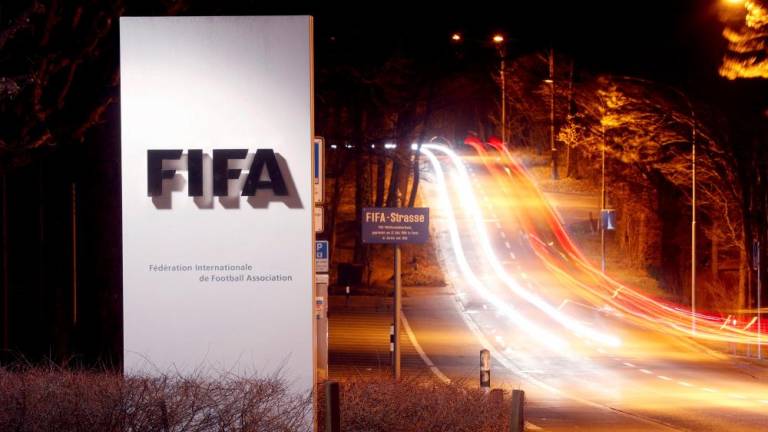PETALING JAYA: The introduction of unlimited data packages by Maxis and Celcom in the prepaid segment last month is not expected to spark a price war between telco operators, according to analysts.
“A price war will be averted due to limit caps in the fine print of the terms and conditions which will render them unattractive to consumers,” JF Apex analyst, Lee Cherng Wee told SunBiz.
Similarly, another analyst, who declined to be named, reasoned that the unlimited data packages in the postpaid and the prepaid segments will not kick off a competition in price, as they are placed higher against their historical average revenue per user (ARPU) and do not dilute their blended ARPUs.
“Instead, these unlimited packages are a competition in value proposition to their customers,” he said.
Last month, Maxis and Celcom launched unlimited prepaid passes at RM35/month with speed caps at 3Mbps, while U Mobile and Digi are the only telcos offering stand-alone unlimited postpaid data plans.
In regard to the launch, AmBank Investment Bank Research (AmResearch) stated in a report it expects the current incumbents to introduce unlimited data plans for their postpaid segment as well; otherwise their existing customers could migrate to the lower priced prepaid segment.
It listed that U Mobile, Digi and Unifi offer unlimited postpaid data plans for RM40/month (discounted from RM50/month), RM100/month and RM99/month, respectively.
Meanwhile, Maxis has bundled its home fibre services by offering postpaid plans with unlimited data starting at RM98/month for the past two years. Celcom does not have an unlimited postpaid package currently.
Since first-quarter 2016 (1Q’16), Digi has held the leading subscriber market share due to its strength in the prepaid segment, underpinned by the migrant population. However, Maxis’ postpaid subscriber focus and convergence strategy with its fibre broadband services appear to be working out better than Digi’s and Celcom’s.
“In 1Q’20, Maxis’ subscriber market share of 37.2% has finally overtaken Digi’s 36.4% while Celcom remained a distant third at 26.4%. Additionally, Maxis remains the leader in the postpaid segment with an ARPU and a subscriber base which are higher by 23% and 24% respectively compared with Digi’s.
“As such, we await postpaid packages being launched by Maxis and Celcom over the next few months in tandem with the escalating cellular wars which will constrain any increase in average revenue per user (ARPU),” said the research house.
In regard to the coveted 5G spectrum allocation, Lee projected that the regulators will stick to the open tender method, after the changes from a collaborative consortium approach, which was adopted earlier, were abandoned.
“This will see the telcos sticking to the status quo, which will see the big three (Maxis, Digi and Celcom) receiving the bulk of the spectrum allocation as they can’t do without 5G,” he said.
The analyst who declined to be named agreed that the big three will receive their fair share of the spectrum, which will see an allocation similar to the previous spectrum award, should it be done via an open tender.
However, he said the situation is very fluid as the Malaysian Communications and Multimedia Commission (MCMC) is still engaging with stakeholders.
Following the change in federal government and the subsequent change of guard in the Communications and Multimedia Ministry and the MCMC, there was a U-turn in the 700MHz spectrum blocks awarded to five companies without a tender in June, and the return to discussions with industry players could potentially delay domestic 5G rollouts by a year, AmResearch said.
In October 2017, the MCMC offered up to eight blocks of 700MHz bands for a 15-year spectrum assignment to mobile operators. However, earlier this year, it decided that instead of allocating the 700MHz and the 3.5GHz bands to individual licensees as for the 900MHz and 1,800MHz spectrums, it would assign these bands to a single entity comprising a consortium of multiple licensees to minimise costs and prevent duplication of infrastructure against the backdrop of additional spending to enhance 4G networks.















